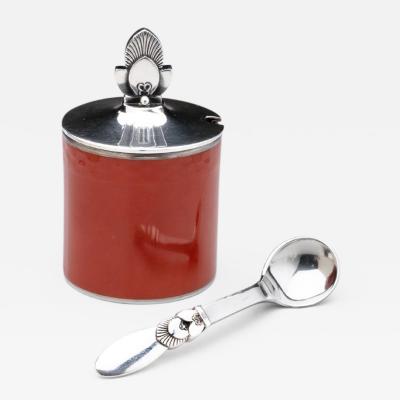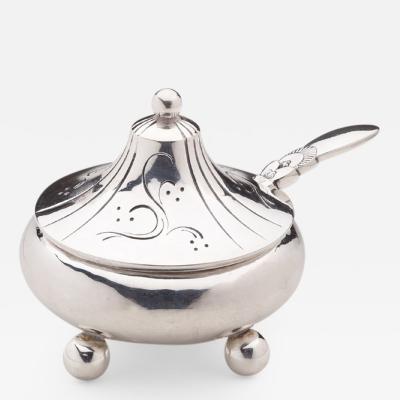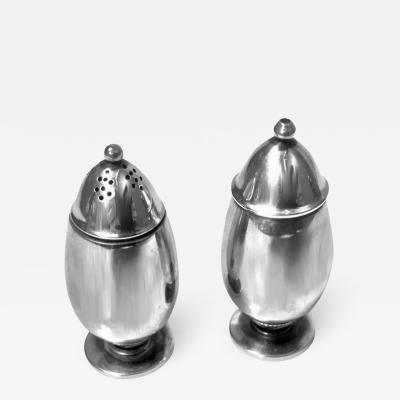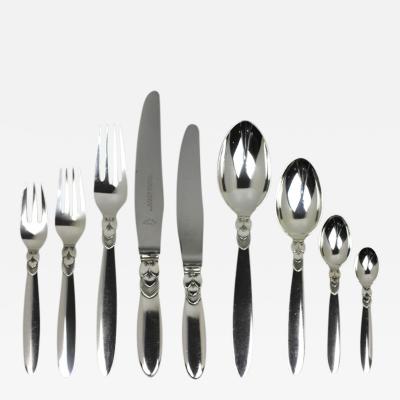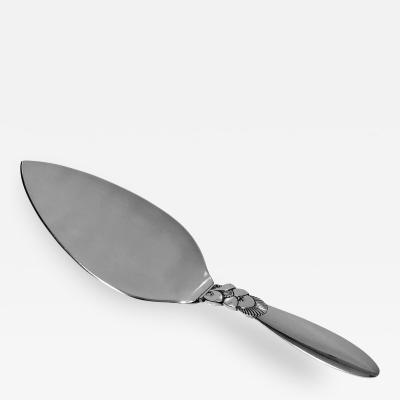Gundorph Albertus
Danish, 1887 - 1970
Gundorph Albertus was a Danish architect and designer, born in 1887 in Aarhus, Denmark and passed away in 1970. He studied architecture at the Royal Danish Academy of Fine Arts in Copenhagen, and later became a professor of architecture and design at the same institution.
Albertus was known for his contributions to Danish functionalism, particularly in the field of ceramics. He was the artistic director of the Danish ceramics manufacturer Royal Copenhagen from 1928 to 1969, and was responsible for designing many of their most popular patterns, including "Blue Fluted" and "Flora Danica".
In addition to his work in ceramics, Albertus also designed furniture, textiles, and silverware. His designs were characterized by their clean lines, simplicity, and functionalism, and were heavily influenced by the Danish design tradition.
Albertus was a key figure in the Danish design movement, and his work has had a significant impact on the world of design. Today, his designs are highly sought after by collectors and enthusiasts of Danish design, and he is remembered as one of the most important and influential designers of the 20th century.
Albertus was known for his contributions to Danish functionalism, particularly in the field of ceramics. He was the artistic director of the Danish ceramics manufacturer Royal Copenhagen from 1928 to 1969, and was responsible for designing many of their most popular patterns, including "Blue Fluted" and "Flora Danica".
In addition to his work in ceramics, Albertus also designed furniture, textiles, and silverware. His designs were characterized by their clean lines, simplicity, and functionalism, and were heavily influenced by the Danish design tradition.
Albertus was a key figure in the Danish design movement, and his work has had a significant impact on the world of design. Today, his designs are highly sought after by collectors and enthusiasts of Danish design, and he is remembered as one of the most important and influential designers of the 20th century.
